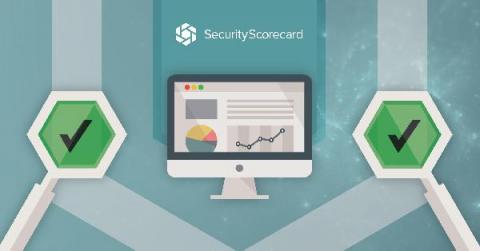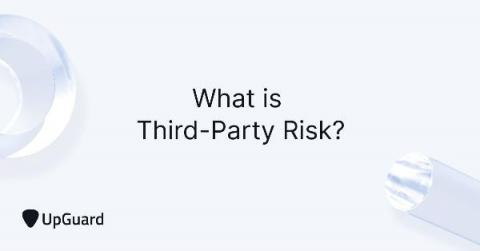Compliance vs Risk Management: What You Need to Know
According to a study conducted by Ropes & Gray, 57% of senior-level executives rate “risk and compliance” as the top two categories they feel the least prepared to address. There are a lot of misconceptions about compliance and risk management. Both help to prevent security threats to the organization’s legal structure and physical assets. And often, when people hear the terms compliance and risk management, they assume the two are the same.







